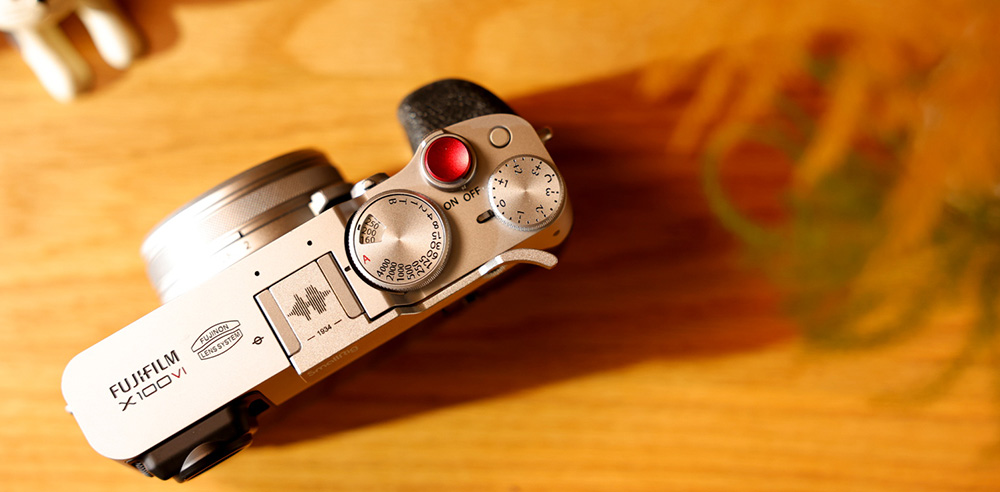- Call us: 01444 237070
- Contact Us
- Stores
- Sign In / Register
-
- Back
- Used Cameras
- Used Lenses
- Used Video
- Used Film Equipment
- Used Stock Alert
- Used Accessories
- Recently Added Used Equipment
- Used Clearance
- Faulty
- Park Picks
- Sell or Part Exchange
- Trade-In
- Blog
- New in
- Call us
- Contact us
- Stores
- Sign in
- Categories
- Tips & Inspiration
- Reviews
- News
- Events
- Features
- Buying Guides
- Competitions
Why Use a Battery Grip
Whether you’re a photographer, a filmmaker or any other content creator, you’ll know that shooting on a digital camera drains power fast. To avoid losing charge at the worst possible times, most photographers carry at least one spare battery everywhere they go.

A battery grip covers a lot of problems that camera users have – not only do they integrate extra battery space into the bottom of the camera, often doubling its charge capacity, but they provide photographers with improved ergonomics and functionality.
Different grips pertain to different cameras, and you must know the best battery grip for your camera to reap the benefits. Whether you’re looking to give your camera every ounce of charge, or aiming to enhance its handling, they make the user experience more efficient than ever. Read on, as we explain why use a battery grip for photography, and help you make the best choice.
What does a battery grip do?
Battery grips attach to the underside of your camera via its standard battery port. Batteries load into the grip in the same way they load into the camera – they usually have the capacity for two, at least doubling the camera’s standard battery life. This makes for versatile shooting as extending the already impressive battery life of your digital camera makes your shoots almost limitless.
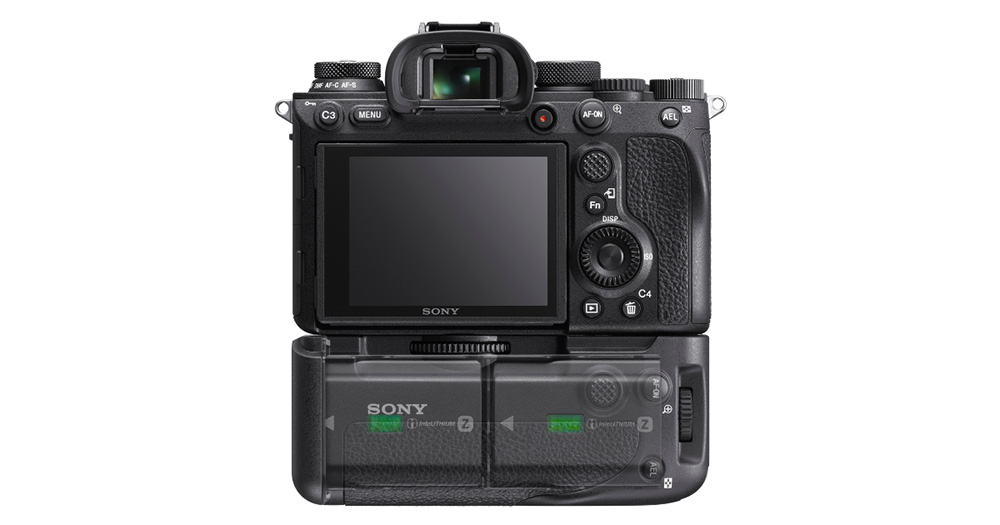
The majority of battery grips provide additional functionality too. The shutter, dials, joysticks and buttons seen on the main control panel are often incorporated into the grip, enabling vertical shooting. The additional space also provides extra room for custom function buttons, something that’s becoming more popular as cameras rely more on computational features.
The ergonomics of a battery grip are just as important as the additional battery life. Not only do they allow you to shoot vertically for extended periods, but far more securely too. Having a robust vertical camera grip means camera shake is greatly reduced, and filming becomes simple.

Who should use a battery grip?
Battery life is essential for all kinds of photography. However, some styles depend much more highly on it – in genres with high stakes like event photography, being ready to shoot for as long as possible is of paramount importance.
In situations where making a battery change is inconvenient, a battery grip makes shooting an awful lot simpler. For instance, sports and wildlife photographers often don’t have the time or space to make a battery change, so that extra capacity goes a long way in enabling them to get the shots they need. Improving the efficiency of vertical shooting too lets them adjust their composition quickly enough to perfectly capture the moment.
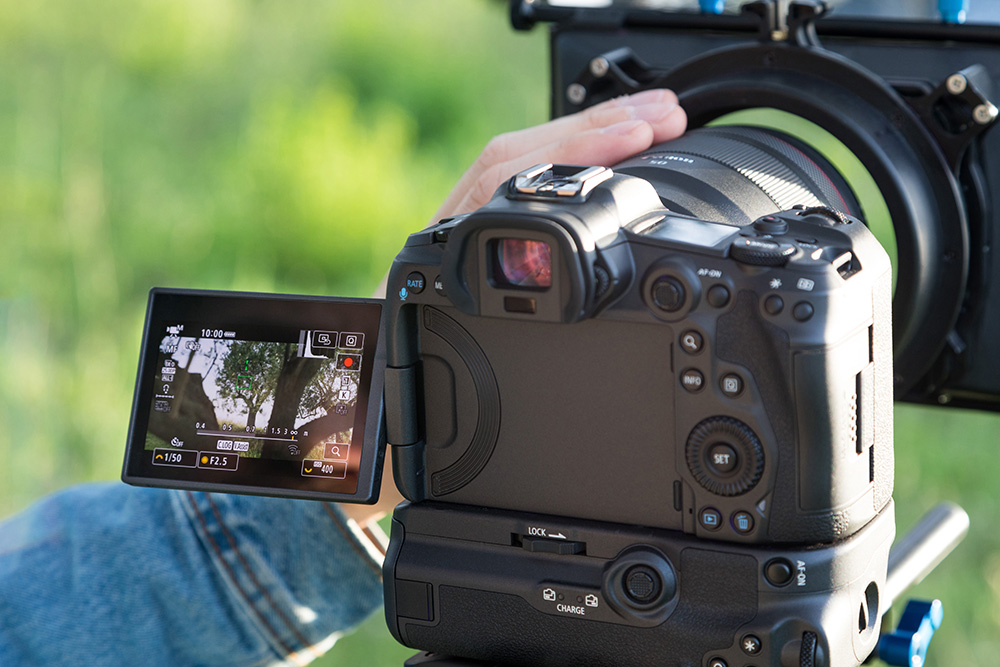
Videographers also benefit greatly from battery grips. Not only does the extended battery life allow them to record for longer, but it also makes vertical shooting a lot easier. This is something that appeals greatly to content creators, especially those looking to produce footage for social media.
What battery grip do I need?
The best battery grip for a camera will, of course, depend on the manufacturer. Most brands produce their own, with the same functionalities that are present on the main body of the camera. Purchasing from your camera’s manufacturer will also ensure compatibility with your batteries, so there’s no need to weigh up whether or not the grip will work alongside it.
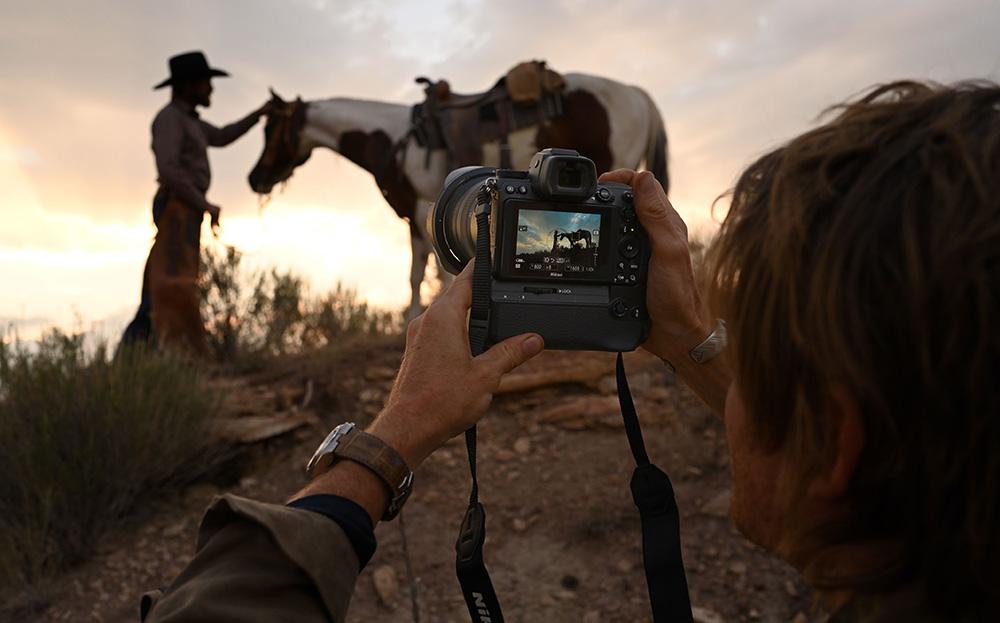
Furthermore, battery grips are often designed to match the cameras they are intended for, which looks just as good as it feels. Manufacturers will ensure that the feel of the grip seamlessly matches up with the rest of the body.
As there’s such a vast range of battery grips available, each taking different batteries for different cameras, we’ve compiled a table below that runs through all the options of popular manufacturers, along with their compatibility.
|
Brand |
Compatible Cameras |
Battery Grip |
Compatible Batteries |
|
Canon grips |
EOS R full frame cameras including EOS R5, EOS R6 Mark II |
LP-E6NH LP-E6 / LP-E6N |
|
|
Fujifilm grips |
|||
|
|
NP-W235 |
||
|
Leica grips |
|||
|
|
|||
|
Nikon grips |
|||
|
|
EN-EL15C |
||
|
OM System grips |
|
||
|
Panasonic grips |
|||
|
|
DMW-BLK22 |
||
|
|
|||
|
Sony grips |
|||
|
|
NP-FZ100 |
||
|
|
NP-FZ100 |
However, as with almost all accessories in the photography world, third-party battery grips are widely available too. For instance, all-rounders Newell offers battery grips and spare batteries for Canon, Sony and Nikon cameras among others. The Newell BP-RP for example is tailor-made for the Canon EOS RP, a camera that is yet to have a dedicated Canon battery grip.
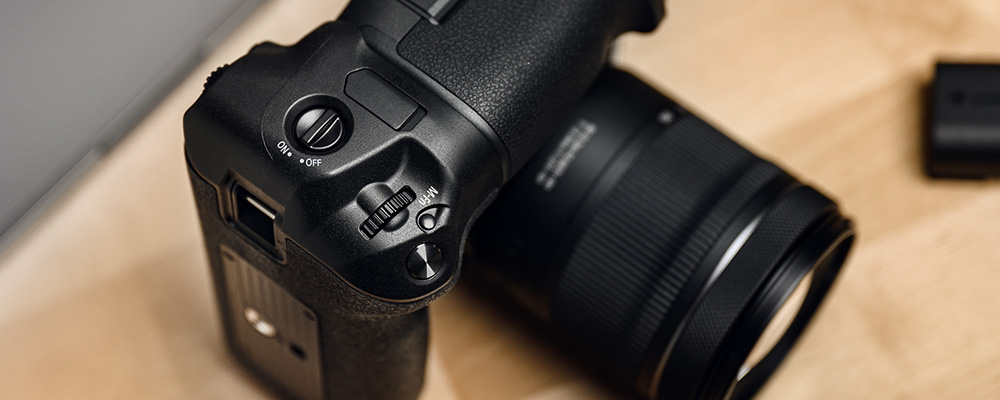
Camera hand grips
Ergonomics are hugely important for photographers - however, so is portability. The two often clash – compact cameras with retro designs are less comfortable to hold for extended periods, as deep, pronounced grips are usually compromised for size.
Therefore, lots of modern compact cameras have standalone camera hand grips sold separately to make your experience far more comfortable, and enable you to hold the camera more steadily. While these can’t be used for extra power or functionality, they offer a little more depth, providing a more contoured, comfortable place to rest your fingers while shooting.
The Olympus ECG-5 is a good example. It’s designed for the OM System OM-5, a travel-oriented mirrorless camera that lacks a pronounced right-hand grip. This attachment provides that hold and even includes a shutter release button and a control dial to extend the experience.
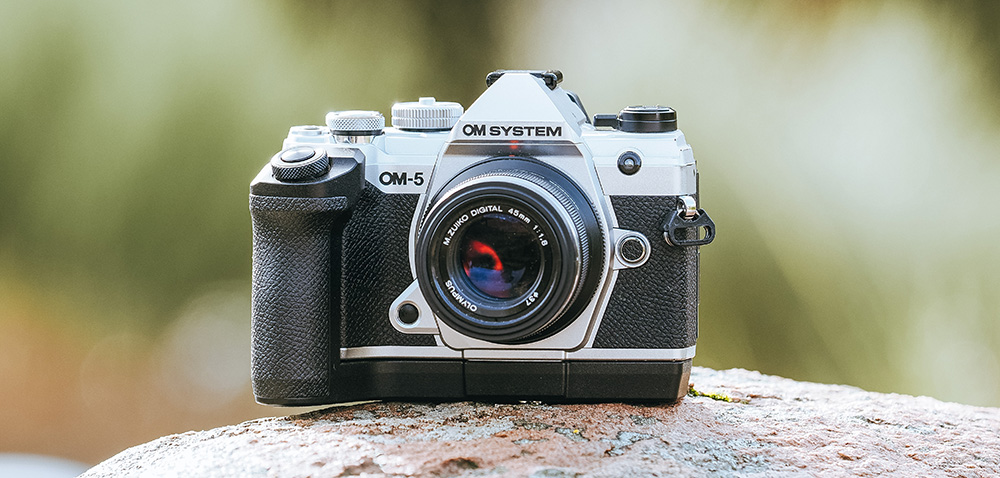
The Fujifilm X100VI and X100V are shining examples of the popularity of this camera design. Their retro design and impressive compactness slightly sacrifice ergonomics – however, third-party manufacturer SmallRig provides multiple add-ons for this beloved series. Their range includes an L-shape grip handle, a pronounced thumb grip and even a full ergonomic cage with a unique retro design.
We hope this article has helped you ‘get to grips’ with these useful accessories, and that you get the utmost best out of using one for yourself. At Park Cameras, we’re authorised dealers of all major photography manufacturers. Therefore, our range of battery grips and other accessories is next to none – explore our variety of options today on our website.
Share this post:
By Thom Pyle on 24/04/2024

Trade in your old equipment
Fast and easy trade in service ensures your old gear is collected efficiently and you are paid quickly! It's very simple to trade in your unwanted photography gear. Just head over to our dedicated Sell or Part Exchange page, fill out the details, and we'll get back to you with an offer for your old gear. Take the cash, or put it towards the cost of your new gear. It's up to you! Find out more
sign up to the newsletter
Keep up to date on the latest photography news, events and offers. Sign up now

